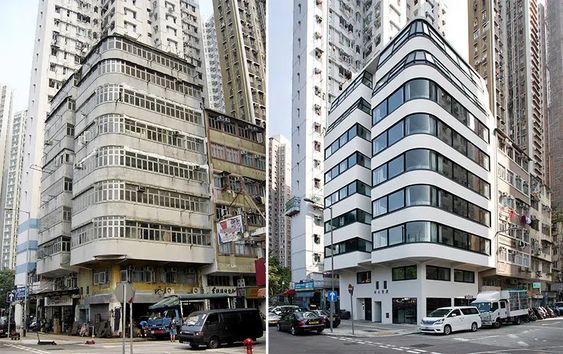The Transformation of Urban Apartments: A Decade-by-Decade Overview
Read latest blogs and articles from Housystan

The Information mentioned here was last updated on:
27/11/2025The transformation of urban apartments has continually redefined city living, reflecting changing lifestyles, technological advancements, and evolving design preferences. Over the past several decades, city dwellers have experienced remarkable shifts in the way apartments are designed, built, and utilized. Today, urban apartments present an intriguing blend of efficiency, comfort, and smart technology, making them highly desirable for residents in metropolitan areas across the globe.
In the 1970s, urban apartments focused on functionality and affordability, catering primarily to young professionals and small families who sought proximity to downtown business districts. Open layouts were rare, with most units featuring compartmentalized rooms and basic amenities. The emphasis during this era was on maximizing available space within a limited footprint, often in high-rise buildings that dotted the city skyline.
Transitioning into the 1980s and 1990s, urban apartments started incorporating more modern conveniences. Developments in construction allowed for improved insulation, energy-efficient windows, and better infrastructure. Building amenities such as laundry facilities, parking spaces, and on-site security became standard features, enticing a broader demographic into urban centers. Residents began to expect a blend of privacy and community within their living environments.
- Verified Tenants/Buyers
- Unlimited Property Listing
- Zero subscription/charges fee
The dawn of the 21st century marked a significant turning point, with urban apartments evolving to prioritize sustainability, connectivity, and luxury. Green building materials, smart home devices, and integrated communal spaces became hallmarks of new developments. City apartments now cater to eco-conscious renters and buyers, utilizing solar panels, energy-saving appliances, and innovative recycling programs. High-speed internet, smart thermostats, and digital security systems further enhance the modern urban lifestyle.
Today’s urban apartments in major cities are designed to foster both individuality and community. Rooftop gardens, co-working spaces, fitness centers, and social lounges are commonplace. Flexible floor plans accommodate remote work and changing family dynamics. As urban populations continue to grow, apartment designs are adapting to meet the diverse needs of residents, ensuring that city living remains vibrant, convenient, and sustainable for generations to come. Whether in New York, London, Sydney, or Mumbai, the evolution of urban apartments reflects the dynamic spirit of metropolitan life worldwide.